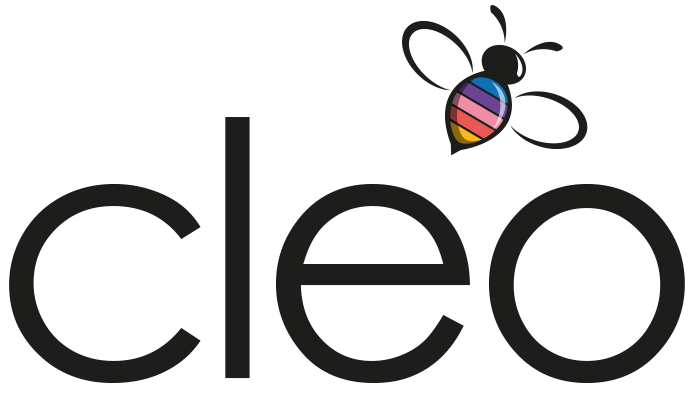Your Top 5 Questions Answered
Aside from the obvious question, what or who is Cleo, there are some recurring questions that we get asked a lot by anyone interested in the Cleo project. Before we get into them, let’s answer the first question by way of introduction and then we’ll tackle the next 5.
Who are we?
Cleo is a sales and marketing technology platform that allows people to generate revenue using good as an incentive. We utilize the blockchain and NFT technologies to scale, provide transparency and deliver proof of execution of the good, whether that’s retiring carbon or planting trees.
We’ve talked a lot about the applications behind that. We have programs like Marketing for Good where brands can use good as an incentive to generate leads. We’ve got Schools for Good where schools can use good as an incentive to sell digital collectibles to friends and families of pupils so they can meet ESG goals. We have Sports for Good, with two programs here. One is about helping sports organisations reach their ESG goals through the release of intellectual property, the other is about helping children who are facing food insecurity in their local communities.
Our grander vision, however, is to be the global place where individuals come to either give their time through consumption of content or donate their money for a social or environmental cause that they feel passionate about. Something that makes positive impact accessible, measurable, and helps to make a more conscious and purposeful society that’s actively collaborating. So, we’re on a road to become the consumer app where people get the good done and have a verified reward.
So, what are the top 5 questions we get asked?
Drum roll please…
How do we define the good?
This is a common question. Our incentives are built around the UN Sustainable Development Goals model. There are 17 SDGs. We feel that it’s highly likely our customers will find something within those 17 initiatives that are most important to them in supporting good actions that they can contribute to through Cleo.
What is our development status?
We’ve been live for over three months now and already have worked with big clients like Google, MasterCard, HP, Hitachi, etc. So, we are built and on a roll with a strong business model. We are not a charity, we’re a social enterprise that is for profit. That’s important because with profit we can do good, support our token (e.g., contribute into our impact investing fund) and continue to build. Remember, we’re not here to deliver the source projects but to be a waypoint to find and access new incentives that appeal to you.
How can we differentiate the Cleo token?
We have a buy back and burn model. This is important because we’re deflationary and we consider that to be the best guarantee to create a long-term sustainable stock to flow model. Reducing the volume of tokens on the market gives us the best chance to sustainably reward holders. We also have the Cleo Impact Investing DAO. It’s a vehicle for investment on behalf of token holders and we expect that to grow. But more importantly, our token is the unit of value in the app. So, for us, it’s all about buy-sell velocity, getting the token traded, brands buying tokens to reward people who engage with them, users of the app who directly or passively engage the token through purchases of good contributions.
Why web3?
We thought about Cleo as a web2 project originally, where we offered people something like an Amazon gift card, but it was just not scalable. We need an open ledger on the blockchain to scale. Creating a central but global record of execution with a single unit of value without using the blockchain is extremely difficult.
Why did we choose Polygon?
Polygon has a green pledge. In fact, in 2022 they were carbon negative as a Layer 2. So, it’s fast, has low fees, is interoperable as it’s built on Ethereum and perfectly fits our mission of promoting sustainability in this digital space.
Got any more big questions? We’ll be happy to tackle them in our regular updates. Just join us on Discord and drop us questions we can tackle in our upcoming YouTube episodes.
